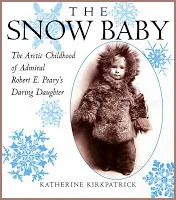 |
| A pyramid at the Christmas market in Mainz |
It is a kind of Carousel with several levels some depicting Christian motifs, such as angels or manger
scenes, and others with more secular motifs such as mountain-folk,
forests, and other scenes from the everyday life of people in the
Erzgebirge. The spinning motion of the pyramids is traditionally
achieved with the help of candles whose rising heat spins a propeller above. Christmas pyramids serve a mainly decorative purpose today, filling children and adults alike with holiday cheer.
Generally Christmas pyramids are made of wood and based on four- to
eight-sided platforms with a long pole in the middle serving as the axle to which the entire apparatus tapers above and which supports any further platforms. Inside in a glass or ceramic support is a driveshaft on to which at least one platform is attached. The figures, which stand on the platforms are also traditionally made of wood.
Christmas pyramids take various forms from intricately carved
miniature houses with pitched roofs, to large multi-level structures
that simply serve as a display for the carved figures. In many cities in
the Ore Mountains there are large Christmas pyramids on the Market
Square at the Christmas Market or in other locations associated with Christmas hustle and bustle.
 |
| Left, Christmas pyramids from the House of Tilgner |
The name "Christmas pyramid" came about because the Napoleonic Campaign in Egypt
at the end of the 18th Century brought pictures of the pyramids back to
Europe and eventually to the Ore Mountains, where they reminded the
people of the mining capstans and also of the Christmas constructions.
An important breakthrough in the popularity of the Christmas pyramid came around 1830 with the discovery of kerosene. Previously, people had used relatively expensive candles or rapeseed oil.
As the means to light and spin the pyramids became much cheaper, the
tradition spread. Now such pyramids can be found in numerous styles and
sizes all over Germany as well as in many parts of the United States.









.jpg)









